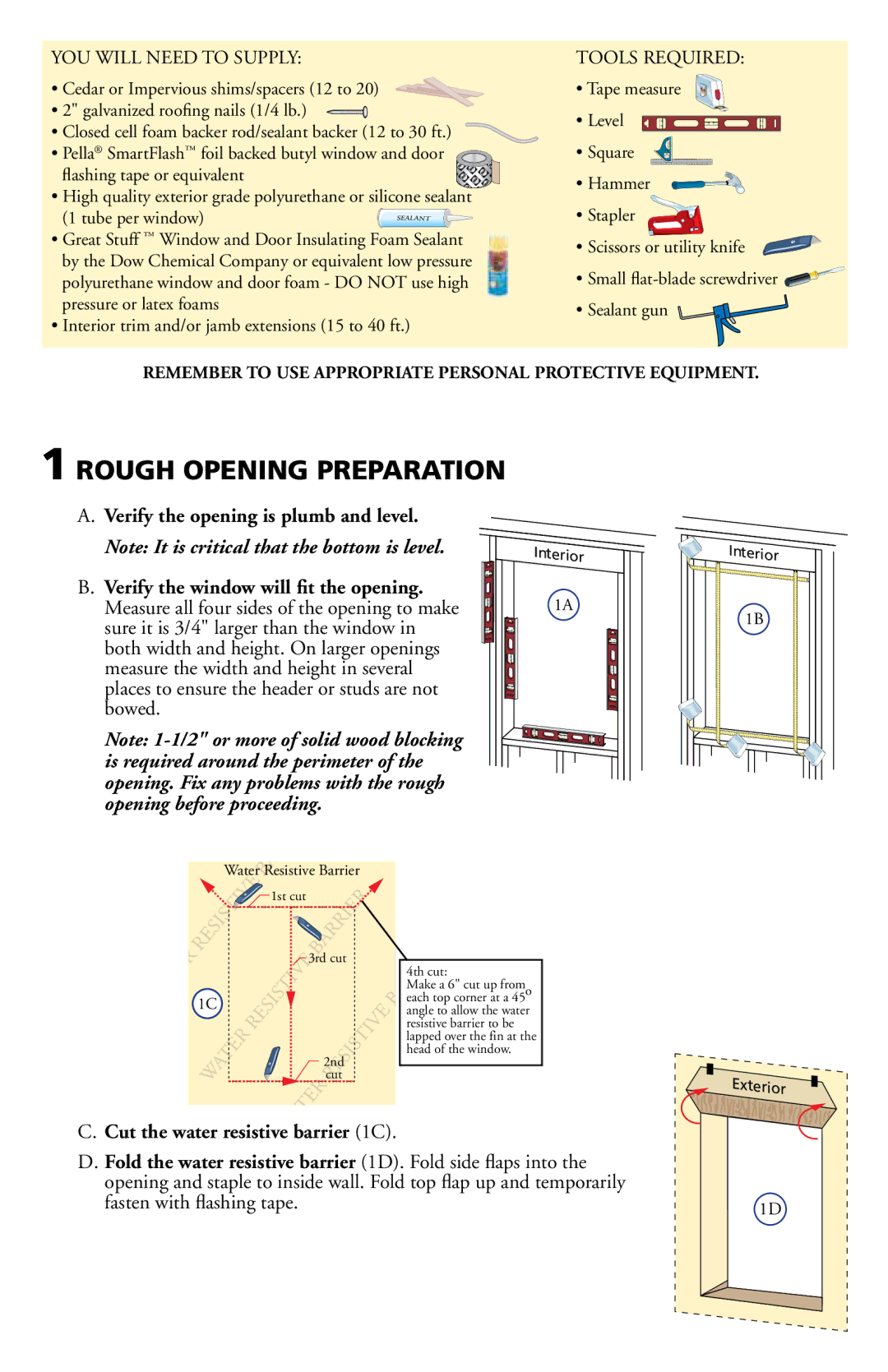801P0101 specifications
The Pella 801P0101 is a high-quality window that embodies the perfect blend of functionality, aesthetics, and energy efficiency. It is widely recognized for its versatile applications in both residential and commercial settings. This product is designed to provide outstanding performance while enhancing the overall look of any space.One of the standout features of the Pella 801P0101 is its advanced energy efficiency. The window comes with high-performance glass that significantly reduces heat transfer, helping to maintain a comfortable indoor temperature. This not only reduces energy costs but also minimizes the carbon footprint, making it an eco-friendly choice for environmentally-conscious consumers. The window has been designed to comply with ENERGY STAR® standards, ensuring superior insulation properties that can adapt to various climates.
In terms of design, the Pella 801P0101 offers an attractive and contemporary appearance, making it a popular choice for modern homes. It is available in various styles and sizes to fit different architectural requirements, ensuring that homeowners can find the perfect match for their décor. The window can be customized with an array of finishes and colors, allowing for a personalized look that enhances the aesthetic appeal of any building.
Durability is another key characteristic of the Pella 801P0101. The window features a robust frame constructed from premium materials that can withstand harsh weather conditions. The use of high-quality components ensures a long lifespan, making it a wise investment for any property owner. Additionally, the window is equipped with advanced locking systems that enhance security, providing peace of mind for homeowners.
The installation process of the Pella 801P0101 is straightforward, thanks to its user-friendly design that accommodates various mounting options. This flexibility allows builders and homeowners to install the window quickly and efficiently, reducing labor time and costs.
Pella also emphasizes easy maintenance with the 801P0101. The window is designed to be cleaned easily, with features that resist staining and dust accumulation. This convenience ensures that the window maintains its pristine appearance for years to come.
In conclusion, the Pella 801P0101 is an exceptional window choice, combining energy efficiency, aesthetic appeal, durability, and easy maintenance. Its advanced technologies and customizable options make it suitable for a wide range of applications, making it a standout product in the window market. For anyone considering new windows, the Pella 801P0101 presents an excellent option worth exploring.

